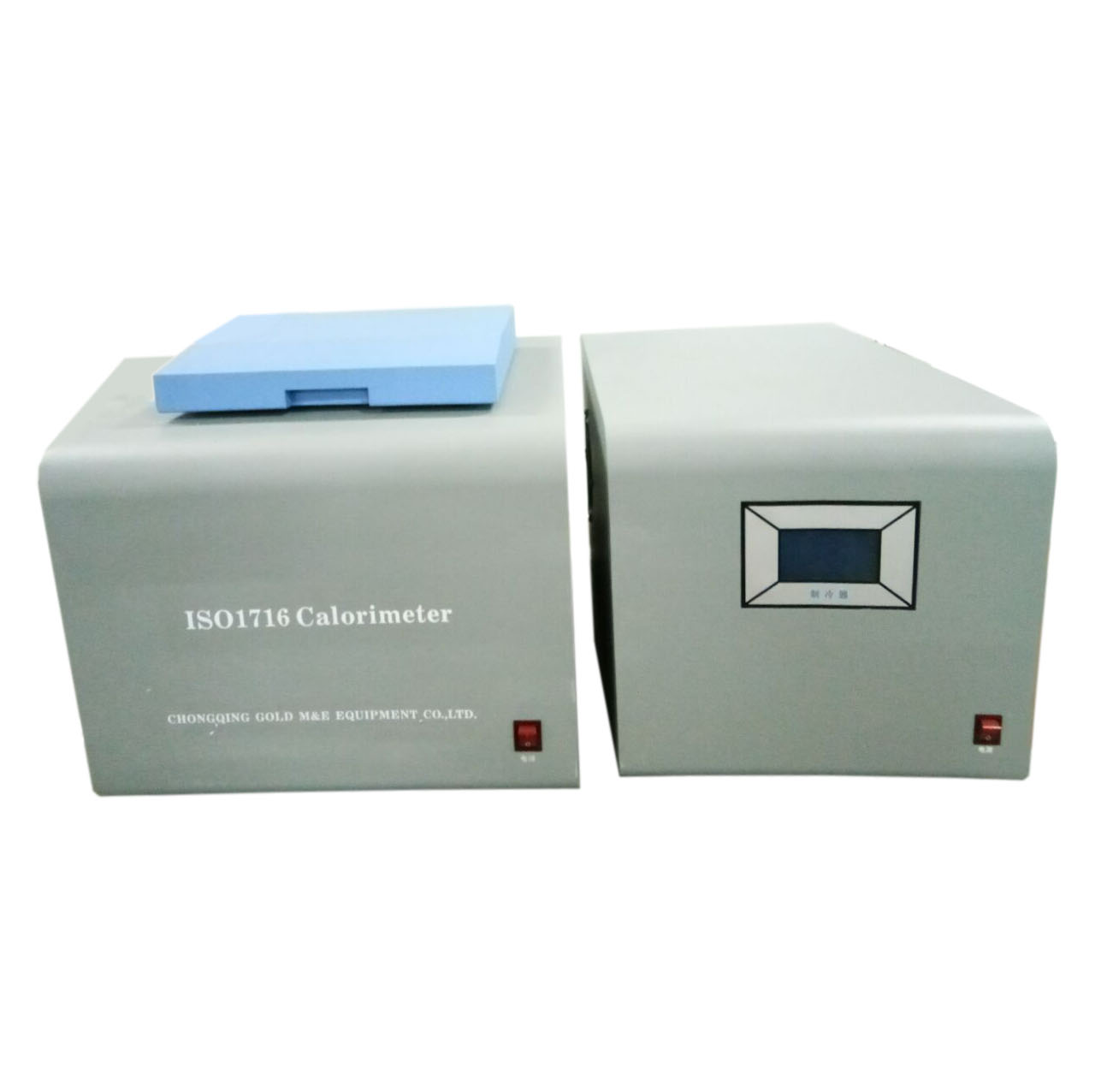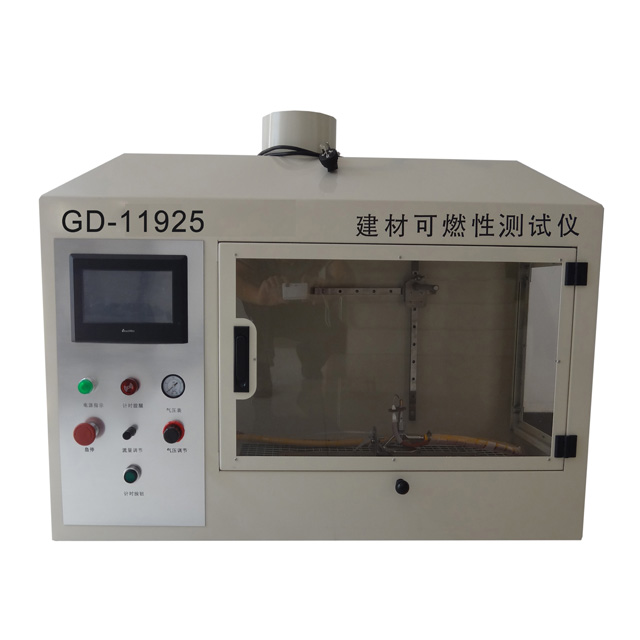We often get asked this simple question: “What is the difference between an ISO, EN-ISO and BS-EN-ISO Standard?” The simple answer is “Not much.” But there’s more to it than that.
There are three issues at play in answering the question: 1. Location, 2. Adoption, and 3. Certification.
1. Location:
An ISO document is developed as an international standard. It is intended to have world-wide usage. It is written under strict protocols with participation from delegates from all over the world. Once released, it is publicly available for distribution.
An EN document is developed as a regional standard. It is intended to be used in the European Union. It is written under protocols with participation from delegates of the member states. Once released, it is not available for public distribution.
A BS-EN document (or DIN-EN or AFNOR-EN, etc.) is a national standard. It is published as each country in Europe adopts the EN document. There are strict requirements for the withdrawal of any conflicting or duplicating standards.
2. Adoption:
When an ISO document is released, countries have the right to republish the standard as a national adoption. So, when the ISO-14971, for example, is issued, the European Union has the right to adopt and republish the standard.
When the EU chooses to adopt an ISO standard, they add a level of administrative overhead. Thus, the EN adoption has a later issue date than the original ISO document, plus additional cover sheet information.
Usually, the true title of the EN standard will show you exactly what revision level of the ISO standard is being adopted. So in our example of EN-ISO-14971, 2009 Edition, the title is “Medical devices – Application of risk management to medical devices (ISO 14971:2007, Corrected version 2007-10-01).” As you can see, the complete title shows you what edition of the ISO document has been adopted.
However, as we noted above, the EN edition when issued is not actually available for public distribution. Copies in English, French and German are supplied to each member of the EU.
The British Standards Institute publishes the official English language edition (in this case, BS-EN-ISO-14971), the German Standards Institute (DIN) publishes the official German language edition, and the French (AFNOR) publish the official French language edition. The issue dates on each of these national adoptions will differ as the administrative time to review national standards for possible withdrawal varies.
3. Certification:
As we have seen, we have a core ISO document that becomes increasing “wrapped” in layers of administrative adoption processes. While our first impulse would be to go to the source document, I encourage you to take a moment to consider the political undercurrents involved.
Because the EN editions of all standards are called out in the European Union’s regulatory schema (the European Directives harmonization process), many certification professionals will only accept EN standards when reviewing customer facilities and practices. Additionally, the EN editions have the Z Annexes, which do have an impact on your understanding of how the clauses in an individual harmonized standard relate to the relevant Directive.
So if you know that your trading partner in the European Union is in Germany and they want your auditor to come from a German firm, you may be well advised to get the English language editions of the DIN-EN standards where ever possible.
And if you are going to be audited by a firm based in England, like BSI for example, you should definitely consider purchasing the BS-EN editions of any ISO standard you use. This can save you much time during your audit, even though it costs significantly more when you purchase the standard itself.
So, in conclusion, ISO, EN-ISO, and BS-EN-ISO documents all contain the same core information. Only the administrative “wrapping” changes with each subsequent adoption level.
I hope this helps you understand this complex issue!

